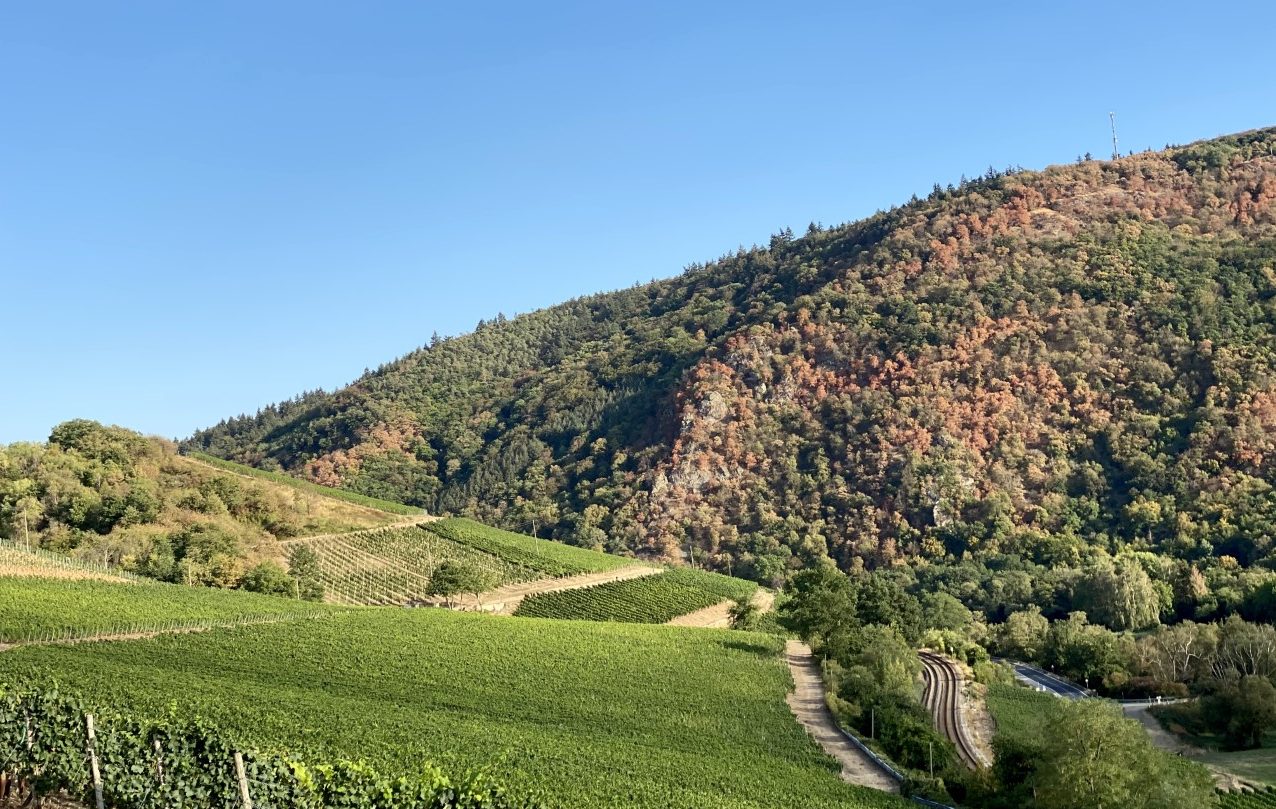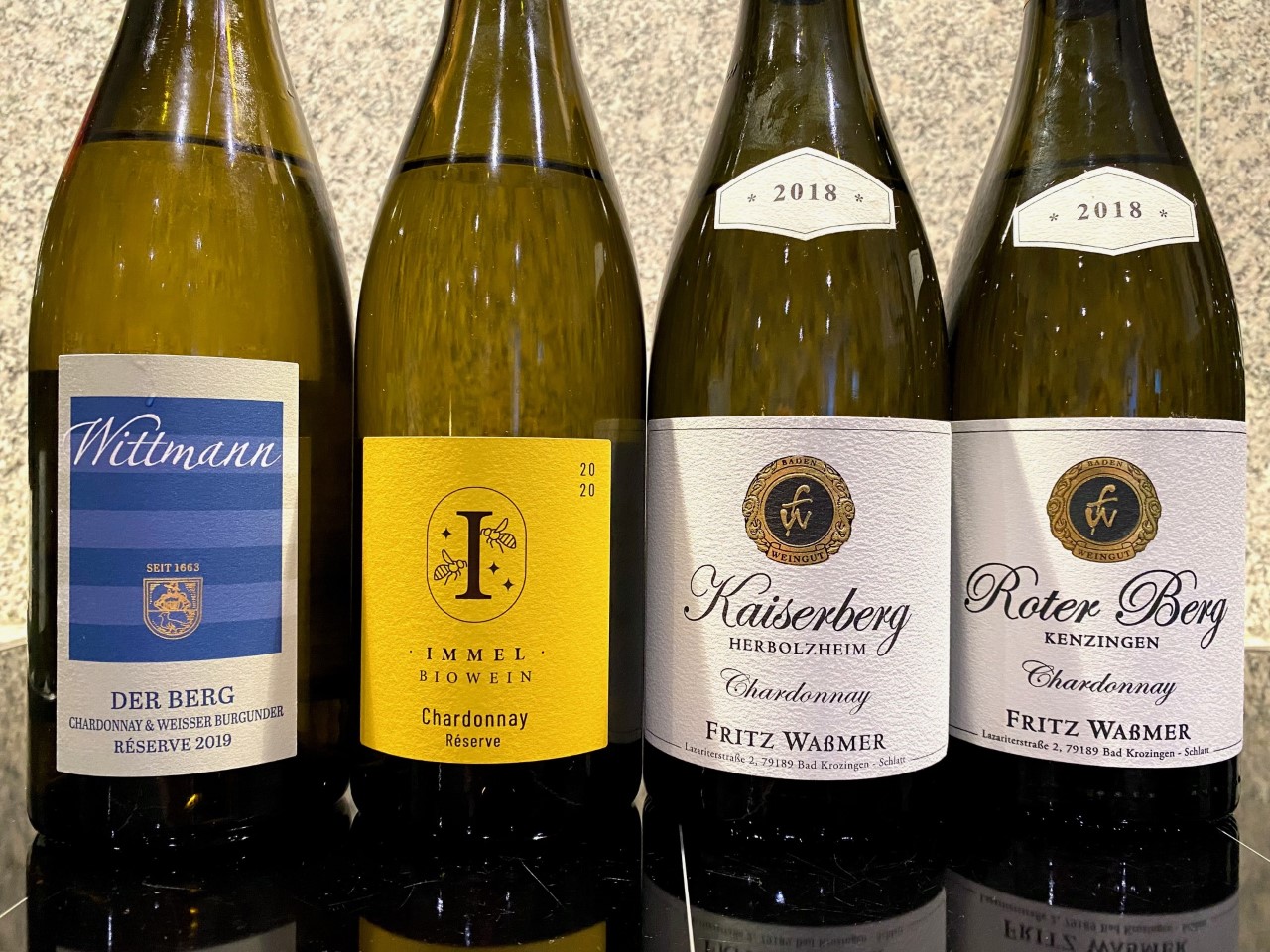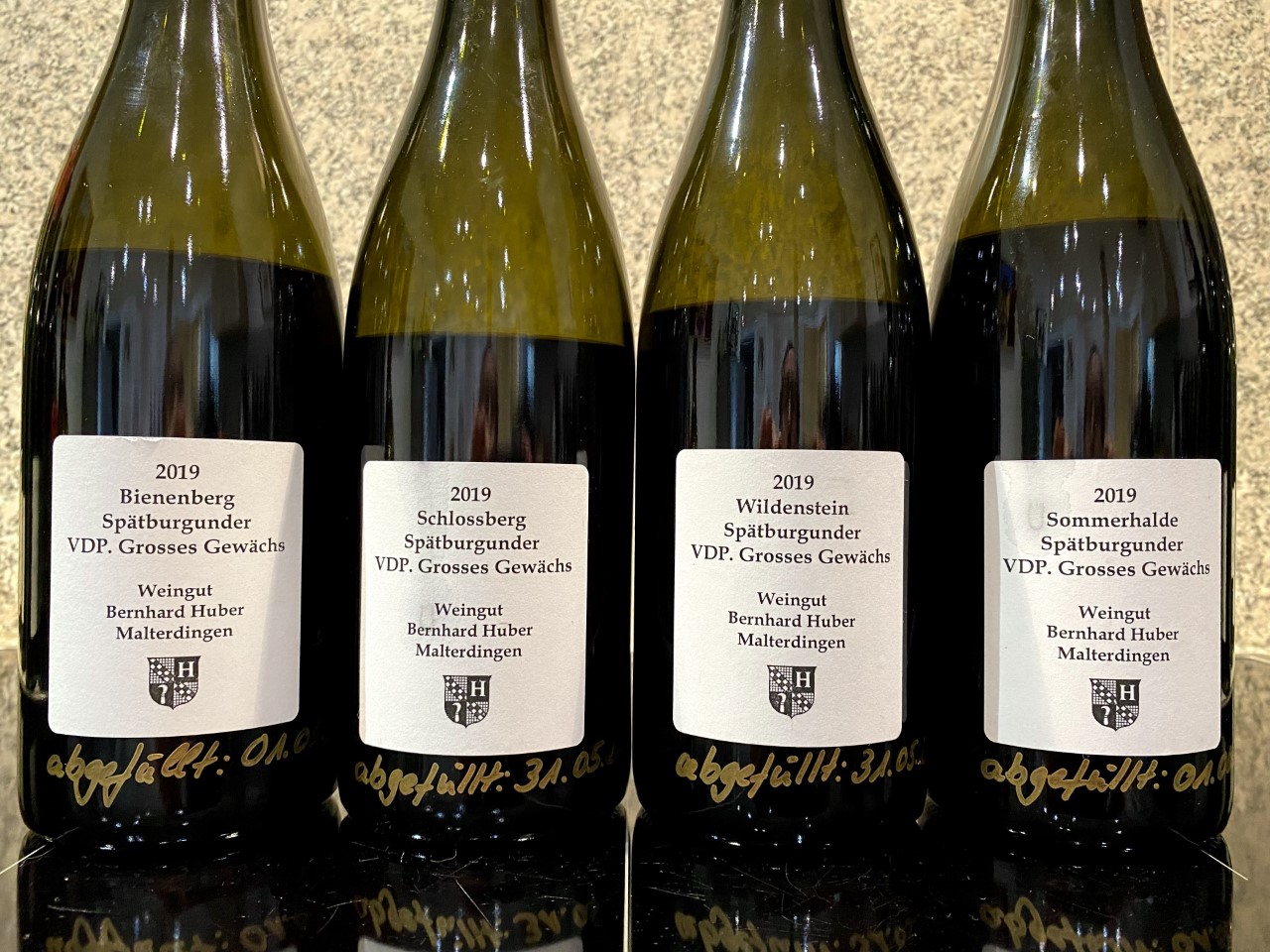
Read even a small selection of the 1,593 tasting notes accompanying this year’s Germany report and you might wonder what’s going on. The majority of the 2020 dry whites that dominated my tastings rated just a point or two lower than the 2019 vintage of the same wine. Nearly all of them have classic balance and are attractive for current drinking: another good vintage!
However, there’s also a significant group of truly stunning wines with extremely high scores that make 2020 look like a really great vintage, following hot on the heels of the stellar 2019. Of course, we recommend these wines very highly and many of them have excellent aging potential, but even that’s not the whole story.
After three months of tasting and talking to winemakers I must describe the 2020 vintage in Germany as slightly schizophrenic, with three sides to its personality. The last of these is the small group of wines that failed to impress and were sometimes a bit ugly. (There are more out there, but they’re mostly in German supermarkets and we don’t report on such wines.)
How could this crazy situation come about? Back in the 1980s, when James Suckling and I started writing about wine, poor vintages had a very distinct flavor profile. Whether in Bordeaux, Tuscany or Germany, the wines from poor vintages lacked ripeness, and were lean and edgy with green aromas. It wasn’t difficult to spot them.


That combination results from too little sunshine and warmth during the summer and fall. In contrast, the wines from the best years were ripe and beautifully balanced, thanks to abundant sunshine and warmth. When tasting the young wines of a region the big question for us was always how far did the new vintage there go in either of those two directions.
Global warming changed all that, creating a new situation in which even cool-climate Germany can now ripen all the grapes grown there just about every year. In 2020 the problem was certainly not a lack of ripeness, but the worst drought in half a century combined with plenty of warmth and sunshine. Actually, the vines generally coped better with this than most other agricultural crops or forestry.
In April, drying winds and almost 100 percent more sunshine hours than the historic average set the vineyards on that arid course. The drought continued until rain arrived on Sept. 24, more than three months after the previous significant rainfall. That’s close to a Mediterranean weather pattern.
In spite of many winemakers around the globe talking about “positive stress” – more real for reds than whites – the grape vine is not a cactus. Permanent irrigation systems in German vineyards are still rare because the historic climatic pattern is one of rainfall distributed evenly throughout the year.
CHARMING RIESLINGS
Cornelius Donnhoff of the Donnhoff estate in the Nahe, who produced two perfect 2020 rieslings – one dry GG and one naturally sweet spatlese – explained the key challenge of the new vintage perfectly. “As long as you threw away the grapes from drought-stressed vines, it was an excellent vintage,” he said. “We also had to throw some grapes away, and it hurt because they looked really good. However, they had no aroma and tasted bitter.”
It’s hard to find a vintage to compare 2020 with, although the weather pattern was quite similar to 2003. The German 2003s were much bolder wines with a tendency to high alcohol and heaviness. You very rarely get that in the 2020s. A case could be made for a similarity between 2020 and 1999 – an excellent vintage that was forgotten when the even better 2001 came along. However, even that’s not a perfect match.
Drought-stressed fruit explains the ugly German 2020s, while the good 2020 German whites come from well-managed vineyards with much less drought stress. That led to generally low yields but also a lighter structure than in the 2019s. Their lower acidity levels – significantly below the 2019s – have a lot to do with the heat spike that occurred on Sept. 15 and 16, when temperatures topped 35 degrees Celsius (95 Fahrenheit) in many places. This combination gives the good 2020 German whites their appealing personality.
The amazing thing about the good and great 2020s in Germany is their cool-climate flavor style and elegance. “2020 was certainly the driest of the last three dry years,” Oliver Haag of Fritz Haag in the Mosel said. “And it was that dryness that made the wines so sleek.”

READ MORE: GERMANY’S WONDERFUL TAKE ON PINOT NOIR
ALL ABOUT THE LOCATION
Sadly, it’s not possible to give a list of regions that were the winners for 2020, because quality varies more from vineyard site to vineyard site, even from one parcel to the next, than from region to region. Just how much water reserves a particular area had was the crucial concern: in 2020 it really was about location, location, location.
“We were very lucky that there was enough rainfall during the winter,” said Wilhelm Weil of Weingut Robert Weil in the Rheingau. “Here in Kiedrich we also have the advantage of the forest above the steep vineyards that acts as a water reservoir. That was really important in 2020.”
Wilhelm Weil made one of the standout ranges of 2020s and there are even a couple of wines that top the 2019 vintage. His stunning, nobly sweet riesling Auslese, BA and TBA wines are unusual, because they are largely made from shriveled fruit without the noble rot normal for this category.
Where noble rot did develop during the fall of 2020, for example on the Mosel, the affected fruit usually failed to shrivel because of the damp conditions. For example, the Egon Muller-Scharzhof estate on the Saar tributary of the Mosel made stunning naturally sweet riesling Kabinett and Spatlese in 2020, but only one small lot of Riesling Auslese, and no BA or TBA. And nobody in Germany is more focused on this category than Egon Muller!
The excellent quality of the 2019 spatburgunder (aka pinot noir) reds also deserves a mention. Since the 2015 vintage, the German makers of red wine have been on a roll. Several of these wines pushed to almost perfect scores, most notably the stunning Bernhard Huber Spätburgunder Baden Wildenstein GG 2019 and Thörle Spätburgunder Rheinhessen Hölle 2019.
The 2019 growing season, in which temperatures oscillated up and down between three heat spikes, was almost ideal for this category. From the 2019s tasted so far, this vintage looks to be as good as 2018, but the wines are a touch more elegant. Very few top 2020 reds are in the bottle yet, so we will report on them next year.
If you love Burgundy or Oregon pinot noirs, the German pinots will appeal, and we recommend that you grab some now before their prices drift even higher than where they are now.
Although prices for some of the most sought-after dry white GGs have also moved up, the majority of Germany’s predominantly dry rieslings continue to offer excellent value for money. There should be plenty of good deals with the 2020 vintage whites.
Please note that some of the highest rated dry whites in this report are late-release wines from 2019, and there are a small number of late releases from 2018, 2017 and 2016 that also deserve serious consideration. Was there ever a better time to buy German wine?
Stuart Pigott, Senior Editor
The list of wines below is comprised of bottles tasted and rated for this report by the tasters at JamesSuckling.com. They include many of the latest releases not yet available on the market, but which will be available soon.
Note: You can sort the wines below by country, vintage, score and alphabetically by winery name. You can also search for specific wines in the search bar.

